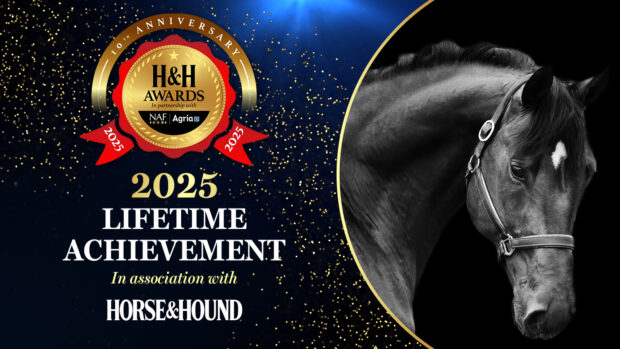What is narcolepsy in horses?
Narcolepsy is a rare and incurable sleep disorder of the central nervous system (CNS). It is characterised by spontaneous “sleep attacks” at inappropriate times – usually accompanied by an uncontrollable loss of muscle tone (known as cataplexy).
Narcolepsy remains poorly understood. Much of what is known about the condition in equines is extrapolated from human sleep studies or based on behavioural observations.
Shetlands, miniatures and Suffolk Punches seem to be more susceptible than other breeds, although the condition has been recognised in Welsh ponies, thoroughbreds, quarter horses, appaloosas and standardbreds.
One of the reasons for the lack of scientific research into equine sleep patterns is the difficulty in conducting the necessary recording of the electrical activity of the brain, muscle and heart without disturbing the horse’s normal behaviour – and therefore his sleep pattern.
One intrusive study carried out at the University of California in 2008 used 24hr electroencephalography (EEG) and video monitoring equipment, which involved placing 16 needle electrodes under the skin of a horse’s scalp.
How is narcolepsy in horses triggered?
It is believed that a biochemical malfunction within the complex network of neurotransmitters in the brain may be to blame for sleep disorders such as narcolepsy.
Studies have suggested that there are at least two components to the condition:
1 Excessive daytime drowsiness: this is where normal consciousness suddenly gives way to rapid eye movement (REM) sleep during periods of relative inactivity, such as standing in the stable or at grass.
Signs include a progressive lowering of the head, with the forelegs spread and the hindquarters sagging, the eyes partially closed, possibly exhibiting rapid flicking of the eye (REM) from side to side. Some pony breeds may sit on their haunches or roll on their sides. This may last a few seconds or as long as several minutes, before the horse wakes up calmly and carries on as normal.
2 Cataplexy: this is specific to narcolepsy and is a potentially more serious sudden loss of muscle tone and subsequent collapse. While many cases appear to occur spontaneously, others seem to be triggered by surges in positive emotion. Associated activities include being turned out in the field, being fed, stroked or groomed vigorously, being girthed up or even just indulging in field play.
The horse’s legs may buckle suddenly, before he either wakes up or sinks totally. He will often collapse forwards violently, causing trauma to the fronts of the knees and/or fetlocks. Spinal reflexes are absent during this stage, while REM may be visible.
Spontaneous recovery is usually quick, with the horse appearing completely calm and normal afterwards.
If the horse is made to walk on during the buckling stage, the loss in muscle tone will result in a “drunken”, uncoordinated action.
Pseudo-narcolepsy
There are some horses with so-called pseudo-narcolepsy. Normally, horses sleep standing up very effectively due to the amazing anatomical design that locks their limbs. Most healthy horses also lie down at least once a day to obtain proper rest in deep sleep.
If a horse is unwilling or unable to lie down due to various factors, such as inadequate bedding, bullying by other horses or chronic pain that prevents his limbs bending properly, then he will fall asleep standing simply due to fatigue.
In such cases a change in management, such as removing the horse from the other horses, a deep, comfortable bed and painkillers may help.
H&H 13 September 2012



